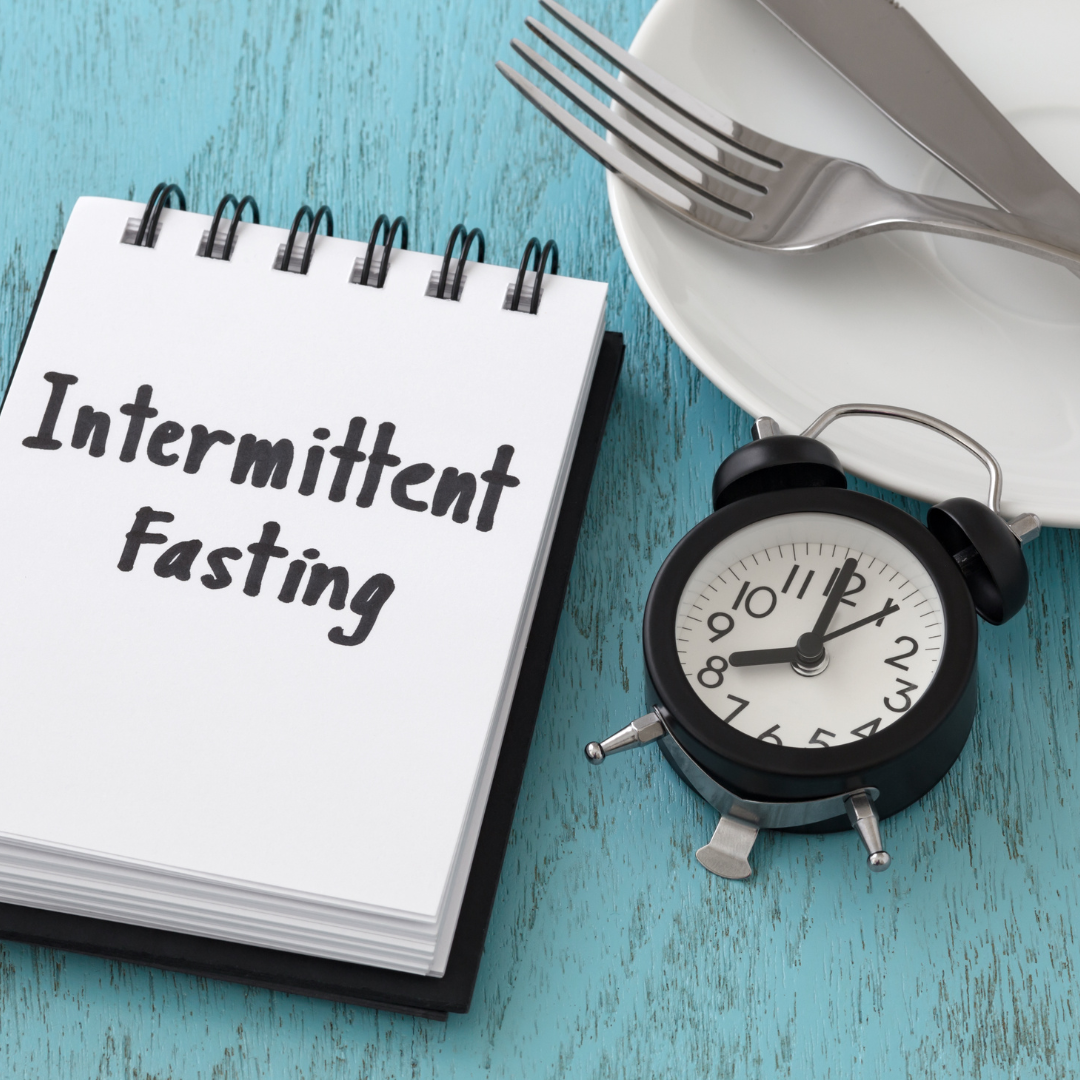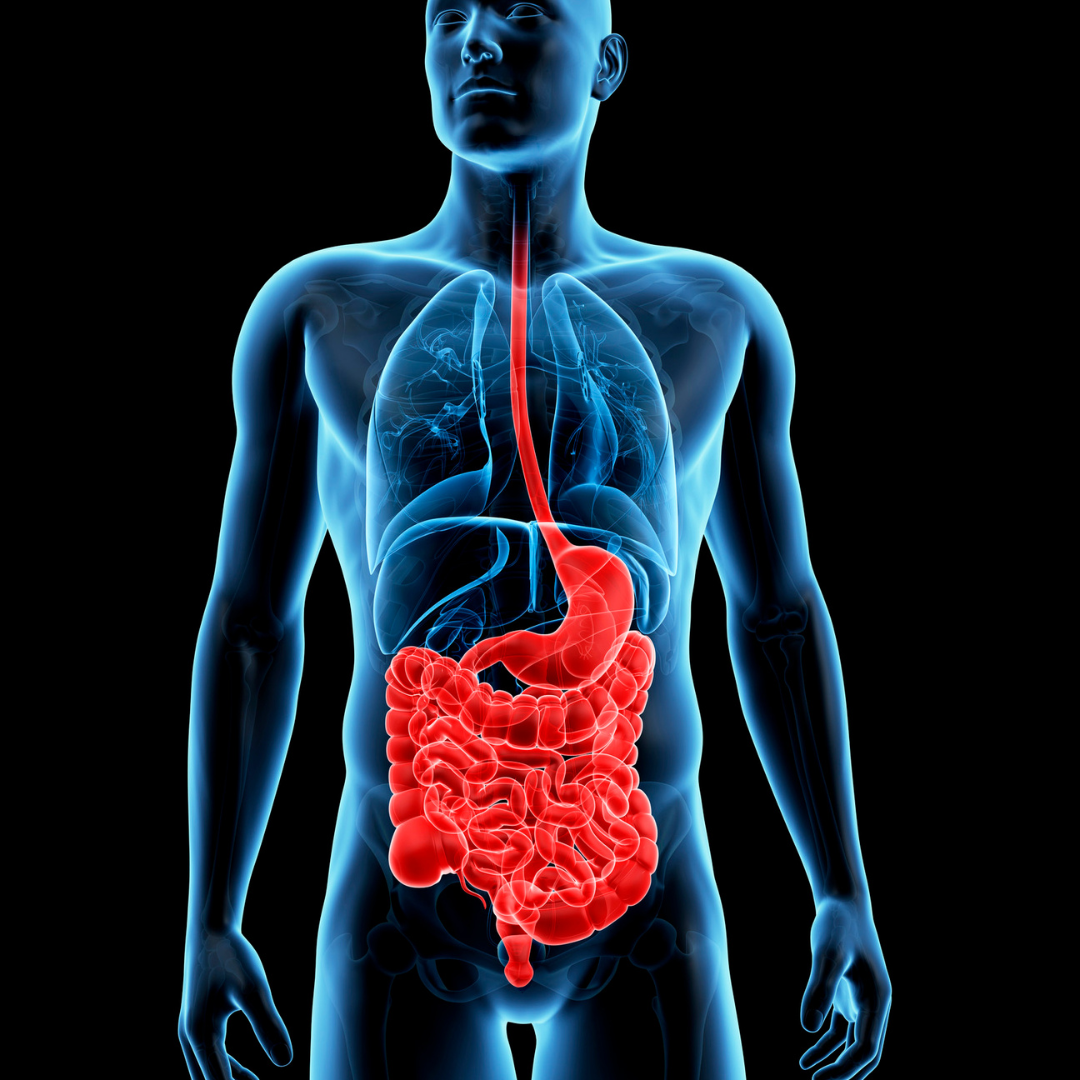THE IMPORTANCE OF RECOVERY
Listen up, gym warriors, marathon runners, triathletes, and anyone else that is vaguely interested in working out or getting fitter. If you're still falling victim to the mindset that pain is gain, we’ve got news for you! Studies show that post-workout recovery is just as, if not more, important than the time you spend exercising.
To get better at a sport or to enhance your personal fitness, you must expose your body to stresses. Different stresses include training and exercise programs like weightlifting, HIIT, endurance runs, etc. However, the human body needs to adapt to the stresses it just underwent, and this is known as the Recovery Stage.
WHY RECOVERY IS IMPORTANT
Simply put, neglecting the recovery stage can lead to injuries.
Your muscles don't actually grow while you are working out; they grow while resting in between sessions. The whole purpose of recovery is to allow your muscles to grow, repair, rebuild and strengthen.
Under recovering, like overtraining, negatively impacts your performance. Taking time off gives your body and mind time to reset, recharge and recover so you can give your next workout maximum effort.
Working out, specifically weightlifting and body weight exercises, creates micro-tears in your muscles. If you don't give them adequate time to heal, then the tears grow and your muscles feel inflamed, swollen, and exhausted. Too little rest and too few recovery days can lead to overtraining syndrome. This condition is thought to affect roughly 60% of elite athletes and 30% of non-elite endurance athletes. And once you have it, it can be difficult to recover.
The consequences of overtraining are many. Research has found that it can increase your body fat, compromise your immune system, raise your risk of dehydration, lower your libido, worsen your mood, make you feel exhausted and cause chronic joint and muscle pain.
Recovery is super important in the workout process. Not only does it help you avoid all of those negative side effects, but when those micro-tears heal, your muscles grow.
When athletes (and yes, you) are able to recover quickly, they can hit the next workout with their full ability and maximize performance. If you don't take enough rest after each session, you won't give your body enough time to reap the full effects of your exercise and may even fall victim to overtraining.
If you enhance your recovery, your body will adapt better to the stress you're putting yourself through and you may even get fitter for the same workout intensity and frequency.
Essentially, recovery is a process that includes rest, refuelling through nutrition, rehydration, regeneration (repair), resynthesis, reduction of inflammation and restoration that ultimately returns the body to homeostasis – a state of balance within the body that occurs when the variables in the system (e.g., pH, temperature) are regulated to keep internal conditions stable and relatively constant.
RECOVERY TECHNIQUES
There are different things that you can do during the recovery stage to help move the process along and come out ready to perform better than your pre-rest stage:
ACTIVE RECOVERY: Active recovery is when you engage in a low-intensity exercise, placing minimal stress on the body, if any (e.g., “a cool down”). Active recovery helps reduce lactic acid build-up in muscles, eliminate toxins, keep muscles flexible, reduce soreness, and increase blood flow. One study found that following high-intensity work with active recoveries helped muscles recover faster than passive recoveries. Examples of active recovery exercises include walking, stretching, and yoga.
SLEEP: This is one of the most important ways to get your body to quickly recover from the physical and mental demands of hard training. Research indicates that sleep deprivation can lead to increased levels of cortisol (a stress hormone), decreased glycogen synthesis and decreased activity of human growth hormone (which is important for tissue repair). Growth hormone secretion peaks at night while you sleep and it’s also highest when your sleep is deepest. So, lack of sleep will only short-change your muscle growth and repair. Get 7-9 hours of sleep a night, which will help restore your energy levels.

REST DAYS: Working out consecutively for days and weeks at a time will not necessarily make you any stronger. If you do both strength training and cardio at high-intensity, aim for at least one rest day every 7 to 10 days. But listen to your body. If it needs more rest days, schedule them in. Plus, taking rest days allows you to focus on your other goals while giving your body the time it needs to fully recover. If you lift weights, don’t train the same muscles consecutively. Focus on different muscle groups from one day to the next. The optimal rest time is between 48-72 hours for the muscles that were worked. Following a high intensity workout, try a low intensity workout like yoga or swimming the next day.
STRETCHING: Regular stretching before and after a workout helps to keep your muscles flexible and strong so that they can quickly bounce back after an especially intense workout. An excellent way to incorporate regular stretching into your routine is to take up yoga. On your "rest" day, practice yoga for 20 minutes for increased balance, flexibility, and stability.

MASSAGES: One of the best ways to encourage healing in the muscles is through a full body massage. Getting a massage helps to loosen up muscles, increase oxygen and blood flow into muscles, remove lactic acid build-up (which is what makes you sore), increase flexibility and deliver nutrients from your body to your muscle.
CONTRAST THERAPY: If you are or were an athlete this may be familiar to you. This therapy involves contrasting between an ice bath and a hot shower. You want to be sure to start and end with cold. Jump in the ice bath for about 45 seconds and then into the hot shower for 3 to 4 minutes. Repeat this three times. The benefits of contrast therapy are to increase blood flow to the muscles and speed up the removal of lactic acid.
ICE BATH: It's no secret that ice reduces inflammation, swelling, redness, and pain. If you're feeling inflamed and uncomfortable, fill your bathtub with ice and water and take a quick dip. Once you are done and start to warm up, the vessels open up and allow blood flow back into the muscle, bringing with it more oxygen to help you recover. Feeling adventurous? Find a cryotherapy chamber near you. Please note, however, if you have a pre-existing cardiovascular disease, high blood pressure or type 1 and type 2 diabetes you need to consider the risks of taking an ice-bath.

HYDRATION: Your muscles are sore after a workout because of a build-up of lactic acid. When you drink water after a workout, you're helping your body to flush out all those toxins which are building up in your system, causing pain and inflammation. Proper hydration also means proper lubrication of the joints, preventing joint pain post-workout. So, drink water as well as drinks with electrolytes.
NUTRITION: Food helps to restore the body’s energy supply, so try to eat good, healthy options at the right windows of time to enhance your performance and recovery.
Eat an Anti-inflammatory Diet: Many people are not aware that the foods they eat cause the arbitrary aches, pains, and fatigue they feel. An anti-inflammatory diet consists of organic foods including whole grains, lean protein, and fresh produce. Genetically modified, processed, and modified foods cause your body to be overloaded with toxins and free radicals which build up in—and wreak havoc on—your system.
Try juicing: It’s is a great way to condense essential vitamins, minerals, and antioxidants your body needs. Juicing also increases the bioavailability of many nutrients that would be difficult for your body to absorb otherwise. The best foods to juice for increased performance and quick muscle recovery are: beetroot for its high nitrate content; spinach for its varied nutrition profile and concentrated antioxidant content; watermelon for its hydrating qualities; green peas for their high protein content; wheatgrass for its varied nutritional profile including 19 amino acids; kale for its antioxidant, anti-inflammatory, and anticarcinogenic qualities; and aloe vera for its amino acid content.
You're more likely to recover quickly when you are supplying your body with the right nourishment.
SUPPLEMENTS: If you want to recover as quickly as possible, sports nutrition supplements can help to fuel your body with the essential nutrients and energy you need to push your performance during a workout and to help you recover after exercise so you can get the most out of each workout and each rest period.
Omega-3: When you’re training hard, your joints and muscles can be put under a lot of strain. Omega-3 supplements, with their anti-inflammatory properties, can help to alleviate any strain and protect the cells around your muscles. Studies have also shown that omega-3 fatty acids could help bones retain more calcium, which should lead to a reduced risk of conditions like osteoporosis.
Vitamin C: Vitamin C is an antioxidant that protects against cell damage caused by oxidative stress (e.g. excessive exercise and tissue trauma). It also contributes to normal collagen formation. HIMMENSE SHIFT contains 100% of your daily needs of this essential vitamin.
Electrolytes: Electrolytes are minerals that are essential for your body to function. They help regulate your pH levels and muscles, keep you hydrated, and more. So, they’re very important for your sports performance. As electrolytes are lost through sweating during exercise, it’s important that you replace them by either taking a supplement, or by drinking lots of water both during and after your workout.
Collagen: Taking collagen protein supplements as part of your workout routine can help to prevent injury, by building and repairing muscles, tendons, ligaments, and cartilage that are stressed during exercise. Which is why athletes like tennis ace Andy Murray and rugby player Jack Willis take collagen. To support your sports performance, we recommend incorporating HIMMENSE SHIFT daily collagen drinks into your routine.
WHY COLLAGEN IS ESSENTIAL FOR RECOVERY
Collagen is the most abundant protein in our body. Collagen is found in all our connective tissues, tendons, ligaments and bones, with its purpose being to provide these body parts with their strength, structure and elasticity.
So, if you’re battling achy joints, sore tendons, low energy and longer recovery times, the chances are your body is not producing a sufficient amount of collagen protein.
In fact, as we get older, our bodies become less efficient at naturally producing collagen and the signs of ageing—like joint pain, weaker cartilage, thinning hair and sagging skin—become more apparent. By the time we get to 40, we will have lost around a third of our natural collagen and without it, our joints, tendons and ligaments become stiff and don’t function properly.
So, taking collagen protein supplements helps to build and repair the muscles, tendons, ligaments, and cartilage that are stressed during exercise by:
-
Replenishing Protein
Protein loss occurs in muscles during and after long periods of exercise due to oxidation, inflammatory reactions, and muscle microlesions. Collagen is an excellent protein source, packing in more protein per calorie than other sources while containing less sodium and sugar, and the combination of marine collagen’s high bioavailability with its high amino acid content makes it an optimal pre and post-workout supplement that rapidly absorbs and can quickly work to help repair and replenish proteins broken down during exercise.
-
Building & Repairing Muscles
Your muscles absorb copious amounts of amino acids when they are metabolically active. During workouts, muscles devour amino acids at a faster rate and don’t leave enough for other parts of your body.
Collagen contains 19 different amino acids including glycine and proline which we need to maintain and repair our tendons, bones, and joints. When you work out, your muscles can be broken down and damaged. However, collagen supplements can help increase the levels of these amino acids, that are part of normal muscle structure, and help to build and repair the muscles, tendons, ligaments, and cartilage that are stressed during exercise.
In fact, the amino acid Glycine is responsible for building muscle tissue and improving its mass, which then helps the body turn food into energy. It can prevent muscles from breaking down by boosting the level of creatine in the body. Boosting creatine in the muscles can help them to perform better in short, intense bursts of activity such as weightlifting or sprinting. Several studies have shown that boosting creatine in the body can lead to increased muscle strength, mass, and power, and it can help with recovery after exercise and rehabilitation after injury.
-
Supporting Joint Health
As we grow older, the cartilage that cushions our bones can start to deteriorate. This can be a major concern to athletes as cartilage damage can potentially affect performance. Introducing collagen supplements into your routine can help boost the level of collagen in the body and help maintain a healthy cartilage, which is the rubber-like tissue that covers the surface of our joints, protecting them from wear and tear, as well as alleviating joint inflammation and pain. Read the science here.

So, if you’re looking for a way to get collagen into your body quicker with little to no prep time, we recommend adding one of our HIMMENSE Collagen protein sachets to your gym bag. Like a shot of tequila. But good for you. Simply snap the pouch in half using one hand and squeeze the contents in to your mouth. Available in a delicious mixed berry flavour, this 20ml drink features 6,000mg of hydrolysed marine collagen protein plus essential vitamins and minerals, and allows you to easily incorporate collagen in your pre and post-workout routine.
HIMMENSE SHIFT has been especially formulated for men. Each sachet contains 6000mg of hydrolyzed marine collagen protein plus vitamin C, for normal collagen formation, as well as vitamins B5 (pantothenic acid) B6, B12, D, Selenium and Ashwagandha for multiple health benefits. So, however you like to work out, HIMMENSE SHIFT helps you HIIT it every time.

If you're willing to put the time and effort into training, don't blow it all by skipping out on essential recovery techniques. Provide your body with the hydration, nutrients, and rest it needs to recover so that you can keep exercising long-term and avoid injury!
Published 7 April 2022
Read more Men's Health & Lifestyle blogs from HIMMENSE here.




